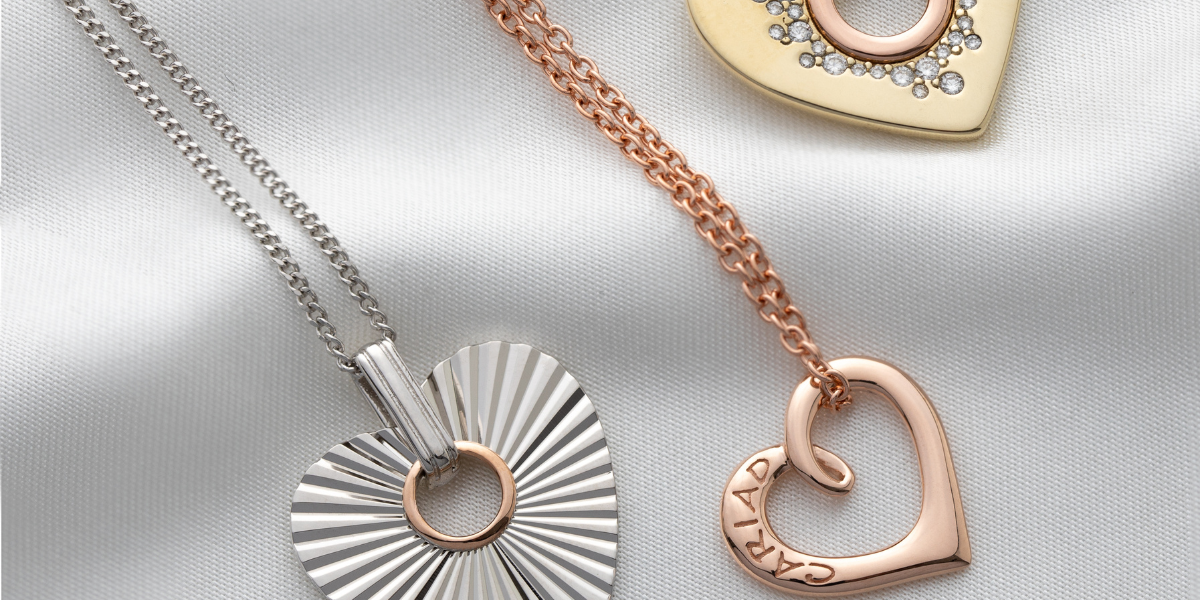Alxeypnferov | Istock | Getty Images
As more people head back to the office, they may not be able to rely anymore on their work wardrobe from more than two years ago.
Their tastes or size may have changed during the pandemic, or their company might have amended expectations around professional attire.
Restocking your closet can add up. Fashion bloggers shared tips on how to prepare for the return to work without overspending.
Size up what you need first
Maria Vizuete, a former stock analyst and the founder of fashion blog MiaMiaMine.com, suggests spending a few days back at your office before you start buying new clothes.
Many companies are revising their dress code expectations, and you may discover that the jeans and sneakers you’ve been living in are now acceptable in the office.
“To see if the shift has occurred at your office, pay attention to how management is dressing, or strike up a conversation with your manager,” Vizuete said.
If your company has moved to a hybrid work model, in which you’re still permitted to work from home a few days a week, you also won’t need as much office-friendly attire.
“If your time in the office is half of what it was two years ago, you should consider cleansing your professional wardrobe by half, as well,” said Veronica Koosed, owner of PennyPincherFashion.com, another blog.
Don’t be too quick to toss the articles you wore back when pandemics were more the terrain of books and movies than real life, experts said. Some clothes stay relevant.
“Some pieces you may want to hold onto from two years ago are what I refer to as closet staples: your favorite pair of black dress pants, the black dress you frequently wore to the office, a nice blazer and your favorite neutral color shoe,” Koosed said.
Take your time
Don’t feel pressured to replenish your work wardrobe overnight, Vizuete said.
“Start by creating a list of essentials and prioritizing them based on how practical they are,” she said. “Then tackle the list by purchasing a few items each month.”
You may want to set an allowance for yourself. Experts generally recommend that you spend no more than 10% of your take-home pay on clothing.
“I am a huge fan of budgets,” said Dianna Baros, founder of blog TheBudgetBabe.com. “With all the temptations of online shopping, it can be easy to get swept away.”
If you are going to splurge, do it on your wardrobe staples, Vizuete said.
“I’m a big believer that it pays to invest in strong foundational pieces, such as a trench coat, tailored blazer or a structured bag,” she said.
“Once you have a strong collection, you can easily build on them with more affordable, trend-forward pieces.”
Hunt for deals
For high-quality clothing, Vizuete said she stalks sale sites like Gilt, Rue La La and Cettire. When she’s looking for more affordable workwear that’s still stylish, she turns to Express, Mango, Nordstrom and H&M.
For her part, Baros said that following budget-conscious fashion bloggers or influencers is a great way to stay up to date on stylish, affordable clothing.
“They share everything from outfit ideas to sale alerts,” Baros said. “It’s like having a personal shopper, and I think it’s the new way to shop.”
Buying items out-of-season, such as a winter coat in July, is another way to score great prices, experts say.
If you’re still figuring out your post-pandemic fashion identify, a clothing subscription service may be a helpful option.
“Oftentimes, subscription services are more affordable than buying a whole new outfit,” Vizuete said. Some of the popular rental companies include NUULY, Rent the Runway and Nordstrom’s Trunk Club.
Have any friends who won’t be returning to the office at all? If you’re a similar size, offer to help them free up some closet room.








